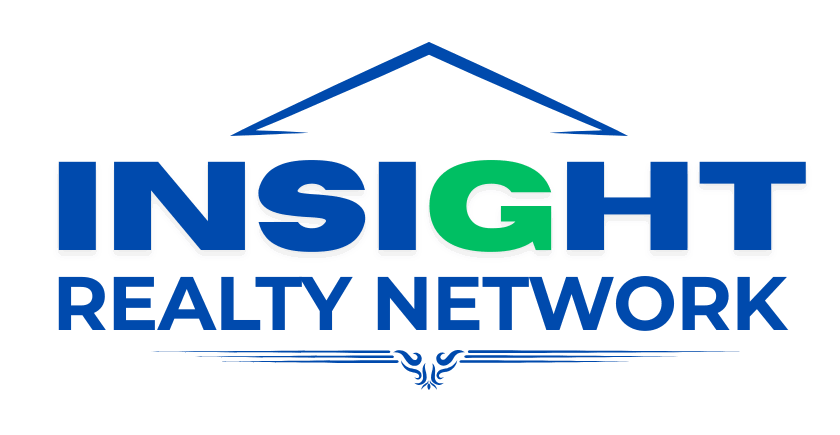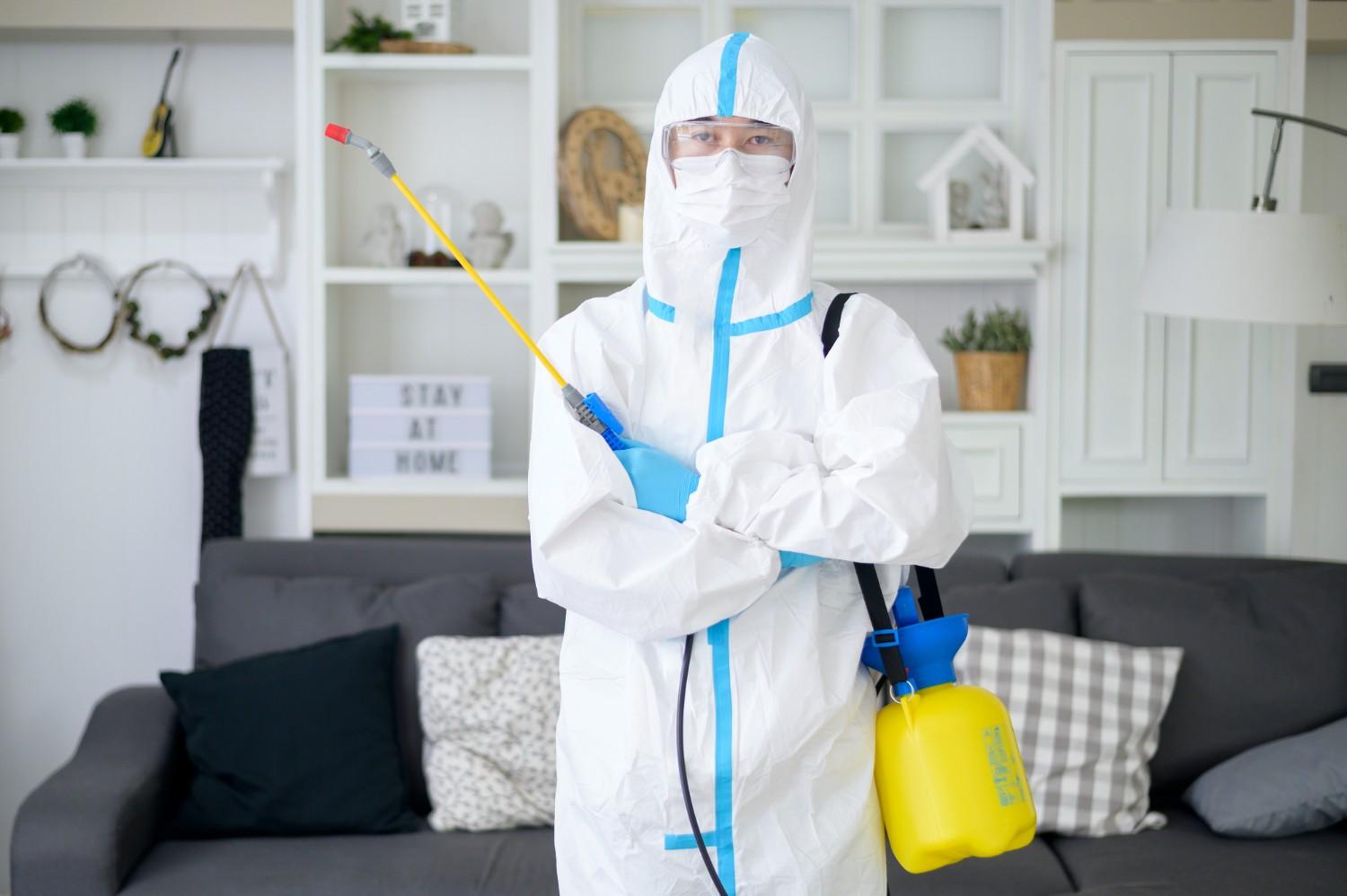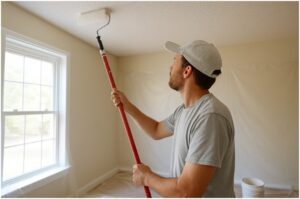When you’re facing the prospect of unwanted guests—be they ants, mice, or something more serious like termites—the question “how much does pest control cost?” quickly becomes a pressing one.
As an expert in home maintenance and property wellbeing, I’ve helped homeowners navigate this exact question. In this article, I’ll walk you through typical costs in the U.S., explain what drives prices up or down, compare one-time vs. recurring services, and help you assess whether a quote is reasonable. By the end, you’ll have a realistic budget and the confidence to choose the right plan for your home.
Typical Pest Control Costs at a Glance
Here’s a summary of current industry averages in the U.S.:
| Service Type | Price Estimate |
| One-time general pest control | $100 – $600 |
| Quarterly recurring plan (general) | $100 – $300 per visit |
| Monthly maintenance program | $40 – $75 per visit |
| Specialty pest treatment (termites, bed bugs, wildlife) | Hundreds to thousands (e.g., termite: $400–$5,000; wildlife: up to $20,000) |
This table offers a quick reference so you can compare a quote you receive with what the market typically shows.
What Determines the Cost?

Understanding “how much does pest control cost?” really means understanding the factors that influence price. Here are the key drivers:
1. Type of Pest
Some pests are straightforward (ants, spiders, basic rodents), while others are more complex (bed bugs, termites, or wildlife intrusion). More complex pests require more labor, specialized materials, or fumigation, and accordingly cost more.
2. Severity of Infestation
A small, contained infestation is easier and cheaper to treat than a major one that’s spread throughout a home, hidden behind walls or in hard-to-reach locations. The more work required, the higher the cost.
3. Property Size and Accessibility
Larger homes or yards take more time and materials to cover. If an infestation is in a space that’s difficult to reach—like an attic, crawlspace, or exterior walls—that adds to labor and cost.
4. Location or Regional Variables
Your geographic region matters. Labor rates, material costs, and climate all play a role. Pest control may cost more in dense urban areas or in climates with high pest activity.
5. Service Frequency and Plan Structure
A one-time visit will often cost more per visit than recurring maintenance. Recurring plans (quarterly or monthly) may spread out costs and result in better long-term value.
6. Inspection and Additional Fees
Some companies charge an inspection fee (commonly around $50–$150), though it is often waived if you proceed with the treatment.
One-Time Treatment vs. Recurring Plans

When you ask “how much does pest control cost?” you’ll also want to think about which service type fits your needs.
One-Time Treatment
This is ideal when you’ve spotted a specific problem and want it resolved immediately—like ants in the kitchen, a rodent in the attic, or visible termite damage.
Pros: You pay once, fix the immediate issue, and avoid ongoing commitment.
Cons: Doesn’t automatically include future prevention, so you might face another infestation later.
Cost: Typically $150–$450 for basic general pests. For more serious pests, it could be much higher.
Recurring Pest Control Plan
This is a proactive strategy: regular visits for inspection, treatment, and prevention.
Pros: Helps prevent infestations, catches issues early, and offers better long-term value.
Cons: Requires ongoing commitment and scheduled maintenance.
Cost: Quarterly general plans typically cost $100–$300 per visit. Monthly programs range from $40–$75 per visit, while organic plans may range from $80–$180 per month.
Specialty Pest Control Costs

When pests are more than your “standard ants or spiders” scenario, costs climb. Here are some reference ranges:
- Bed bug treatment: $500–$5,000 (depending on home size and treatment method)
- Termite treatment: $400–$5,000 (excluding full fumigation)
- Wildlife removal: $150–$20,000 depending on species and damage
- Mosquito or tick fogging: $75–$200 per treatment
For these types of jobs, always request detailed quotes and confirm what’s included—like entry point sealing, follow-up visits, and warranties.
How to Tell If a Quote Is Fair
When a service provider gives you a quote, check the following:
- Does the quote break down what pests are being treated and how?
- Are follow-up visits included, and for how long?
- Is the initial inspection fee included or waived if you proceed?
- Is access to difficult areas (attic, crawlspace) covered?
- Are there preparation steps required on your part?
- Does the company provide a warranty or service guarantee?
- How does the quoted price compare to market averages?
- Are there recurring plan options available for prevention?
If the quote is far above the ranges discussed here, ask for clarification. If it’s significantly below, check the service quality, coverage, and company reputation.
Tips to Keep Your Costs Reasonable

- Schedule regular maintenance to avoid large infestations requiring costly treatments.
- Keep your home clean and dry—pests thrive in clutter and moisture.
- Get at least two or three quotes from reputable companies.
- Ask for bundled services that include both treatment and prevention.
- Budget proactively if you live in a pest-prone area or older home.
- Read the fine print of recurring contracts for renewal and cancellation terms.
Also Read: how to make paint dry fast
Frequently Asked Questions (FAQs)
Q1: What is the average cost for pest control per visit?
For a general one-time treatment, the average cost is roughly $100 to $260 per visit for a typical home (about 1,500 sq. ft).
Q2: How much does a recurring pest control plan cost annually?
Recurring plans vary: quarterly visits might cost $100–$300 per visit, totaling about $300–$900 per year for general pest control.
Q3: Does the type of pest affect cost?
Yes—common pests such as ants or spiders cost far less to treat than termites, bed bugs, or wildlife problems.
Q4: Are inspections always charged separately?
Many companies charge an inspection fee of $50–$150 but often waive it if you proceed with the service.
Q5: Is it worth hiring a professional versus DIY?
DIY might work for minor issues, but for larger infestations or structural pests like termites, professional treatment is more effective and often saves money in the long run.
Conclusion
When considering how much does pest control cost, remember that the price reflects far more than simply spraying bugs—it includes professional assessment, targeted treatment, and preventive care.
Whether you choose a one-time service or an ongoing plan depends on your property, pest risk, and budget. Compare quotes, understand the inclusions, and treat pest control as an investment in your home’s safety and value.
When done right, pest control isn’t just an expense—it’s a smart step toward long-term peace of mind.










